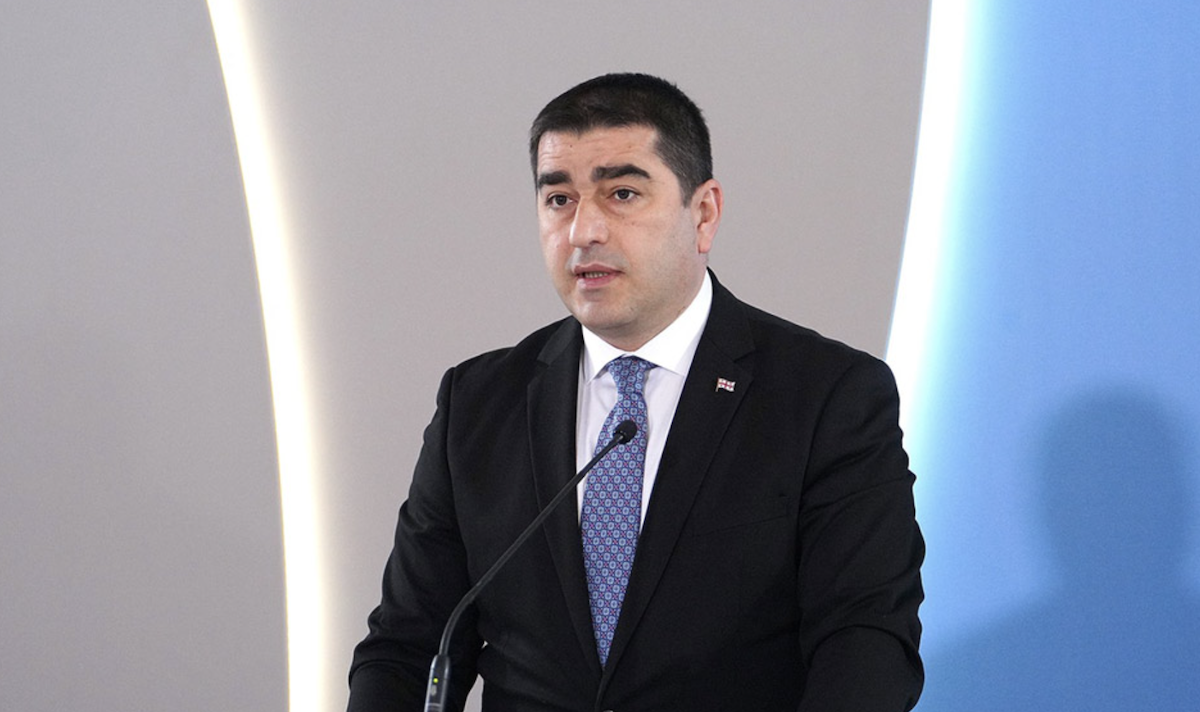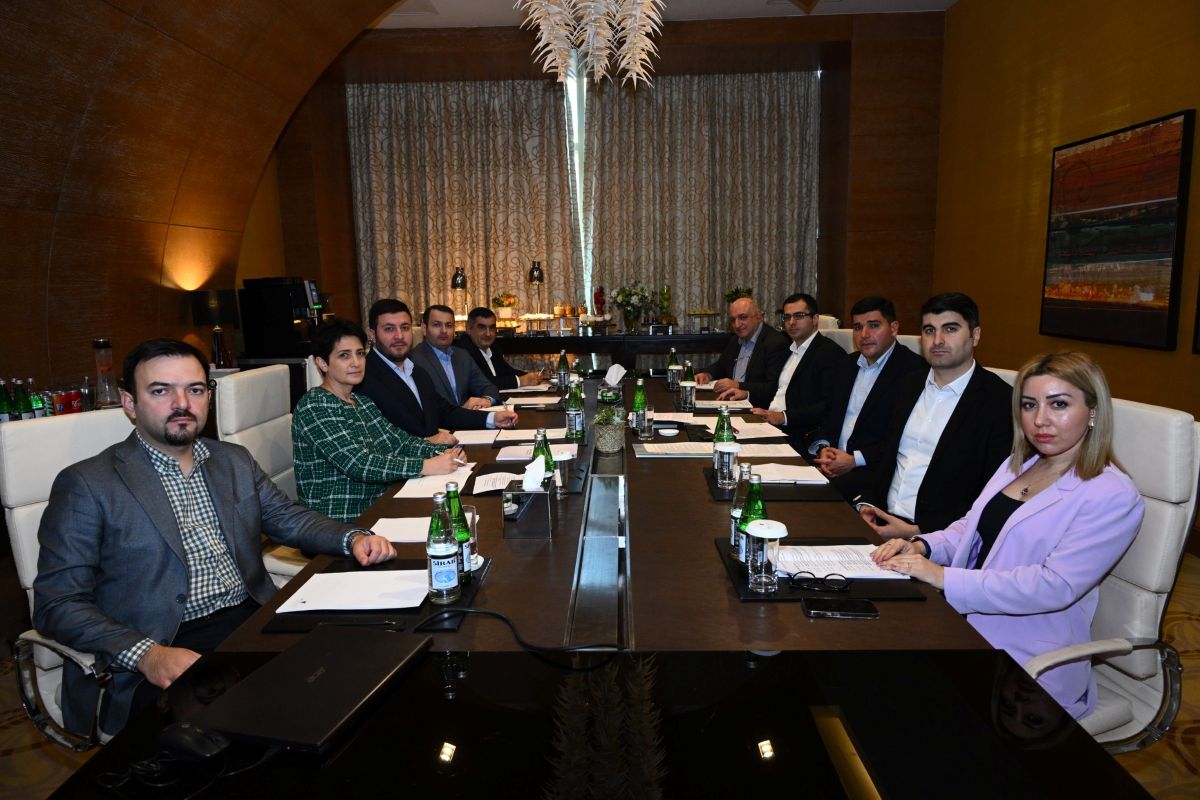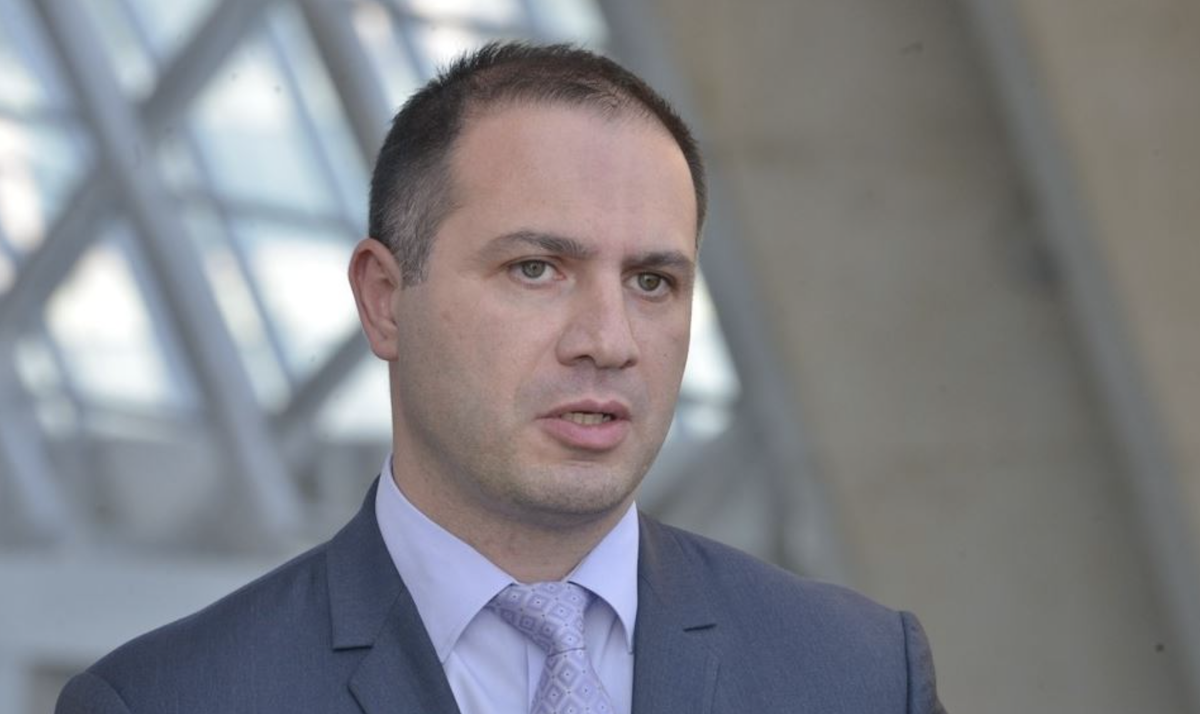7 steps taken by Tbilisi with regard to conflict regions
It has been six years since the Georgian Dream political party came to power in Georgia in 2012. Since its very first days in power, the new government has recognized territorial conflicts as Georgia’s key problem. What particular steps has it taken to solve the problem?
In an interview with JAMnews, State Minister for Reconciliation Issues Ketevan Tsikhelashvili said that the government’s greatest achievement was its ability to ‘maintain the peace in this hugely difficult situation, despite many provocations’.
JAMnews sums up the steps undertaken by Georgian Dream with regard to conflict regions.
Reconciliation instead of reintegration
On 1 January 2014, the position of ‘state minister for reintegration’ was renamed to ‘state minister for reconciliation and civic equality’. According to Paata Zakariashvili, the state minister at the time, Tskhinvali and Sukhumi were unwilling to have any relations with the ministry because the word ‘reintegration’ irritated them.
Rhetoric has become softer
The government’s rhetoric with respect to Abkhazia and South Ossetia has become soft and conciliatory. Unlike the previous government that promised to regain Abkhazia and South Ossetia within the shortest time possible, current government officials have made it clear that this is not going to happen any time soon.
Saakashvili’s government was far more radical with regard to the Abkhaz and South Ossetian leaders. A vivid example of this is the Kokoity Fandarast! campaign (Go away Kokoity! in Ossetian) carried out in 2007.
Broader autonomy
On 27 October 2014, Prime Minister Irakli Garibashvili put forward a proposal to grant autonomy to Abkhazia and South Ossetia within Georgia. In his words, ‘creating an independent state on the territory of another sovereign state was a utopic plan which is never going to come true’. This statement caused outrage in Sukhumi and Tskhinvali. They called on Tbilisi to ‘get used to the existing reality’.
Amendments to the law on occupied territories
In 2013 the Georgian Parliament passed amendments to the law on occupied territories. Under the changes, a person who enters Georgia through the occupied territories will face administrative punishment rather than criminal liability.
“A step towards a better future”
Over the past few years, the Georgian governments have come up with several strategies for resolving the conflicts. In 2010, there was an Engagement Through Cooperation strategy.
Last year minister Tsikhelashvili published a document titled Minister’s Vision that set forth eight steps to ensure a peaceful resolution to the conflicts.
The most recent proposal is A Step Towards a Better Future. The document, proposed to the government in April 2018, envisages, among other things, economic, educational and humanitarian projects that would benefit residents of Abkhazia and South Ossetia. Relevant changes to the Georgian legislation are now being discussed in parliament.
Together to Europe
In March 2017, Georgia was granted visa-free travel through EU countries, meaning its nationals no longer needed to obtain visas to travel to the Schengen Area. Georgia said that the residents of the disputed territories, too, should avail themselves of the visa-free agreement. “We need visa liberalization for Abkhazia and South Ossetia because this is going to make them interested,” said Zakareishvili at the time.
However, the Abkhaz and South Ossetians don’t seem to be particularly interested.
Free medical treatment
They have availed themselves of Georgia’s medicare services, though.
Under a programme funded from the state budget, Georgian hospitals have offered free treatment to patients from Abkhazia and South Ossetia.
The Georgian government has also called on the Abkhaz and South Ossetian populations to join its Hepatitis C Program to benefit from an effective treatment that will not cost them anything.
To date, hundreds of residents from both regions are said to have benefited from the programme.



















